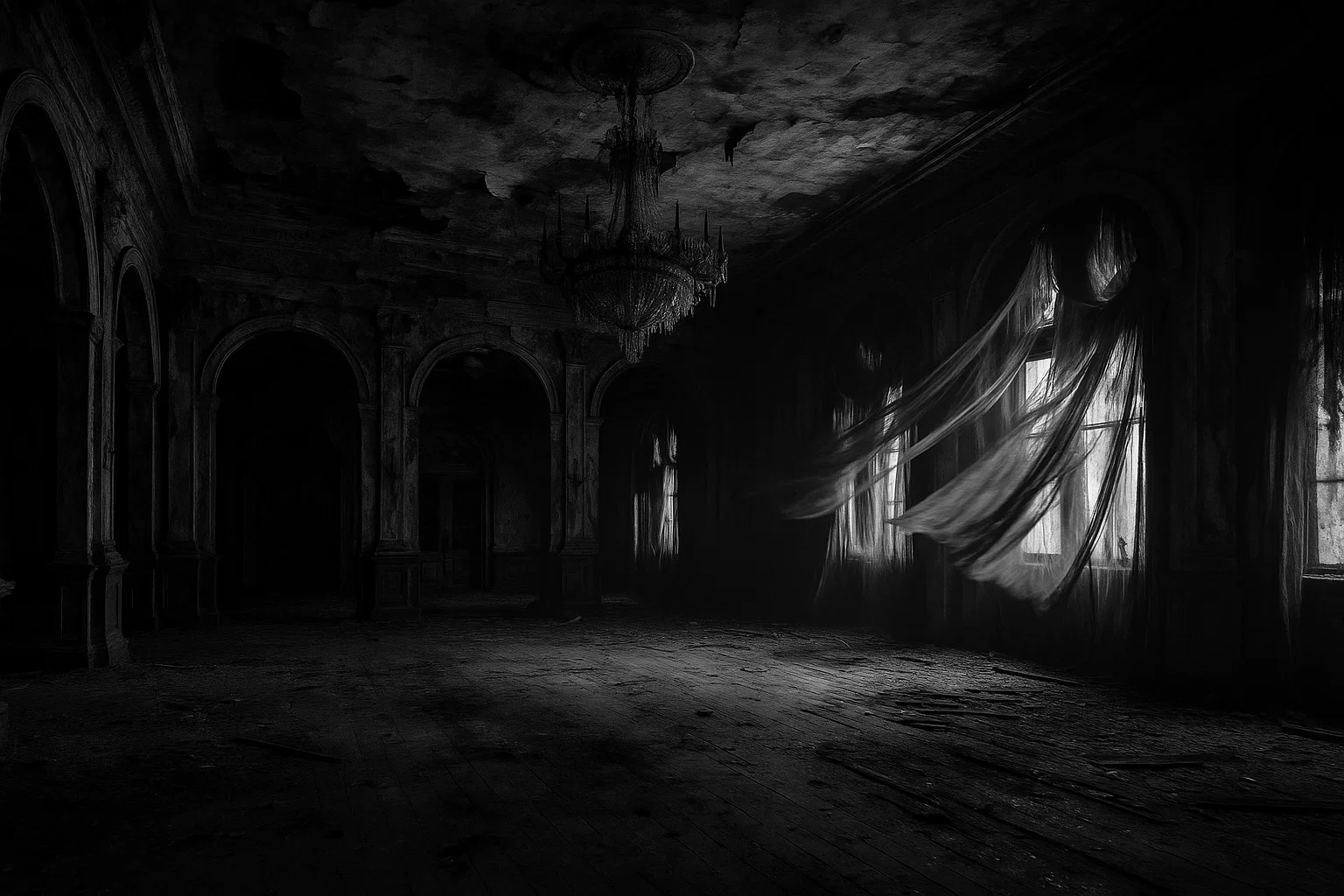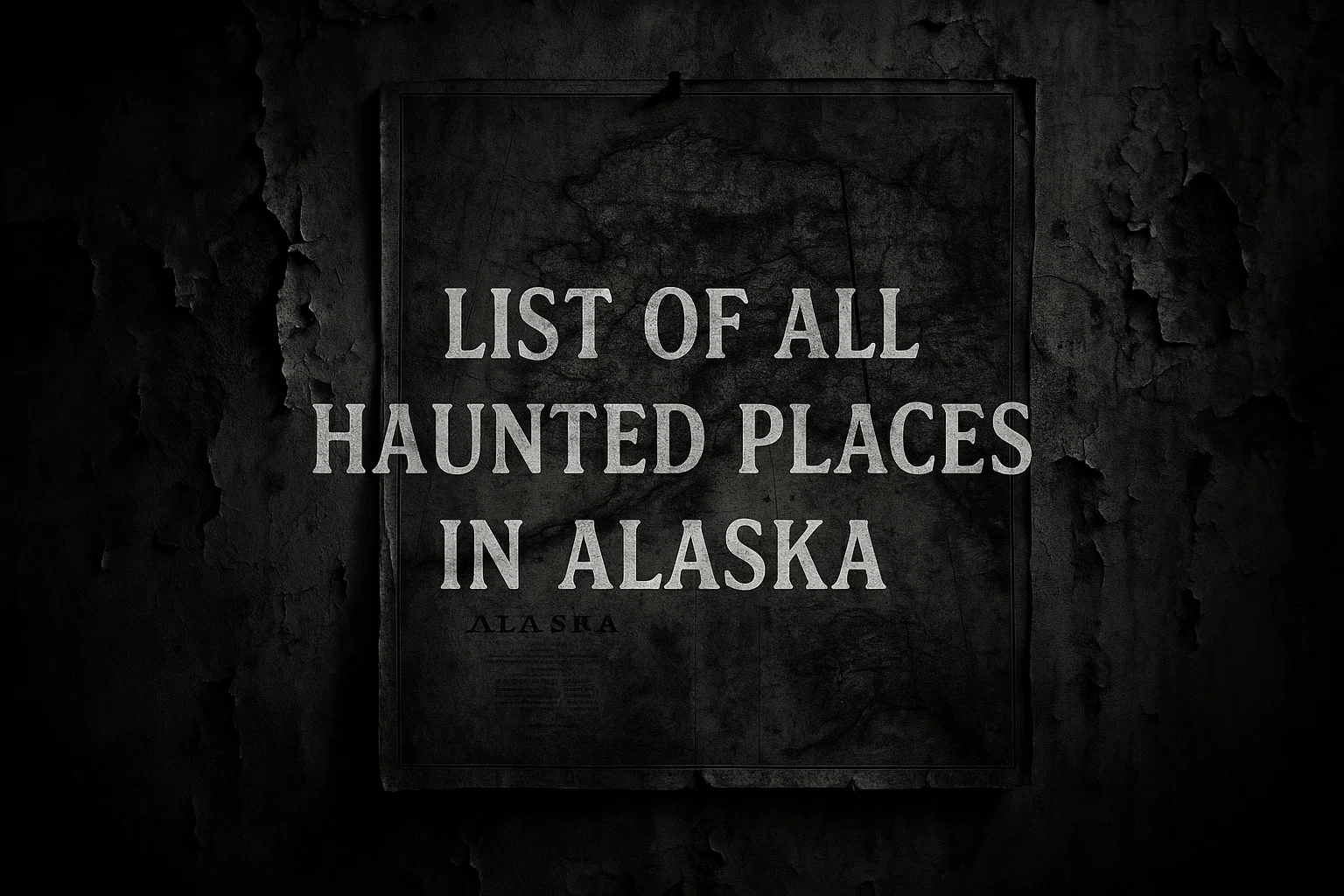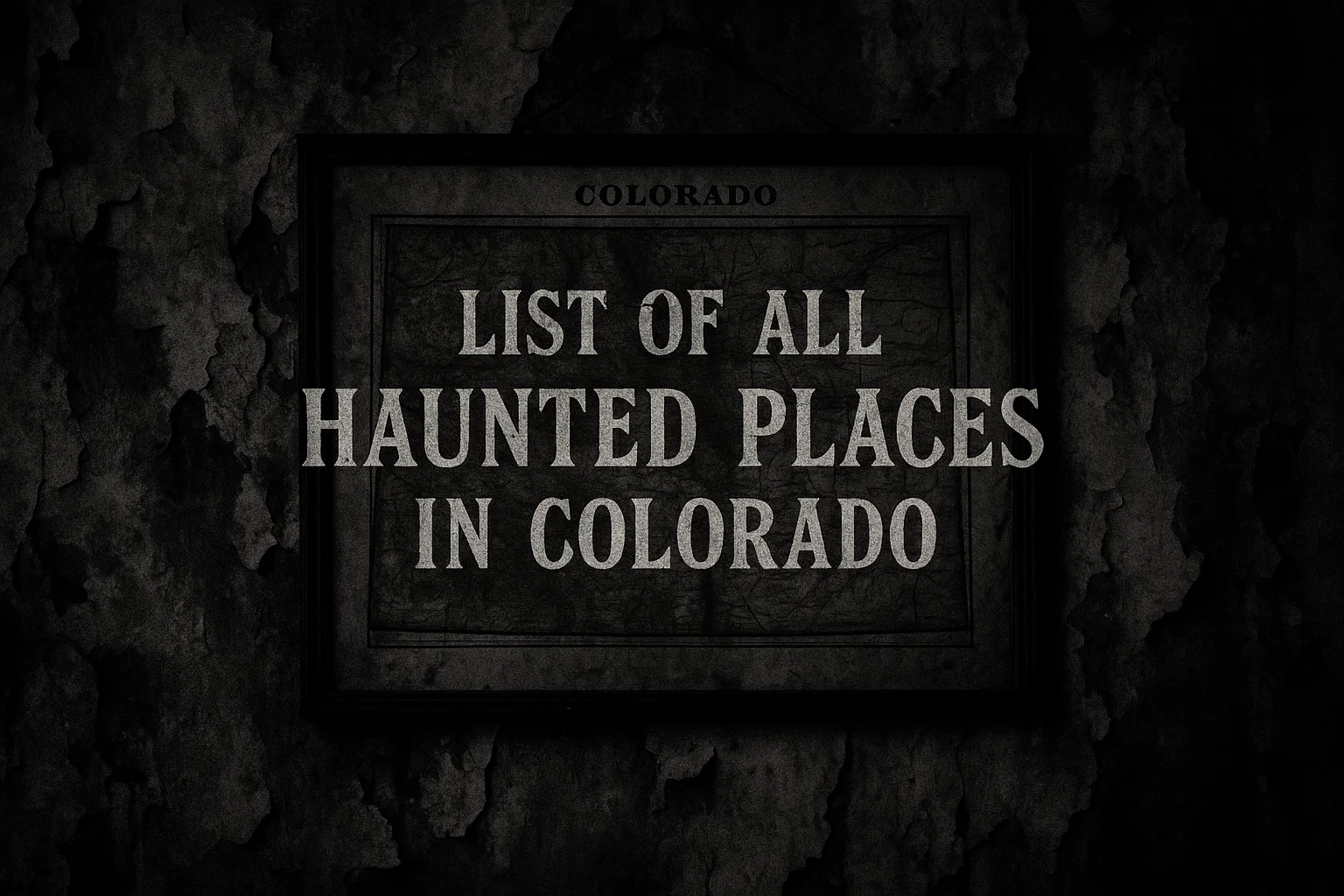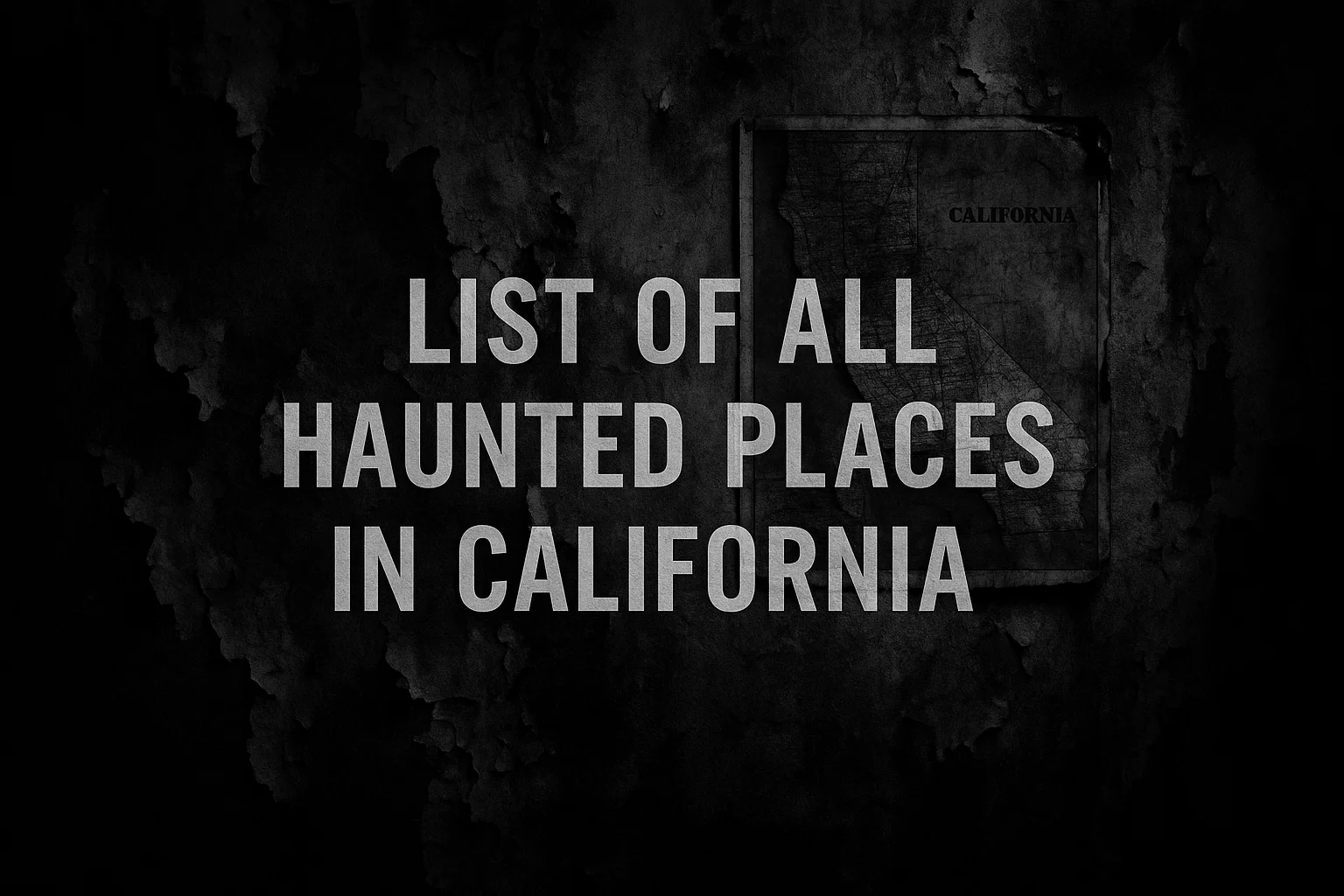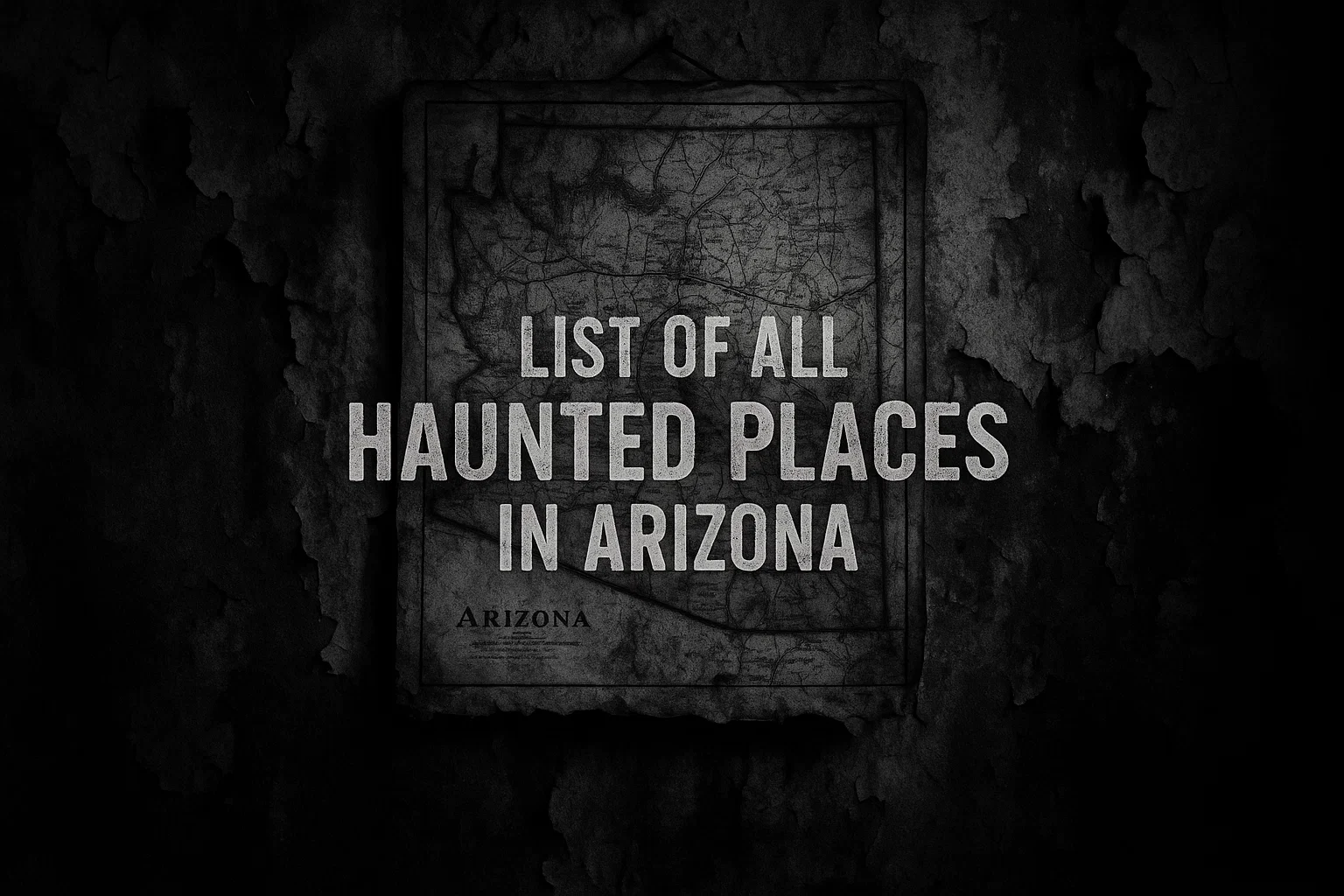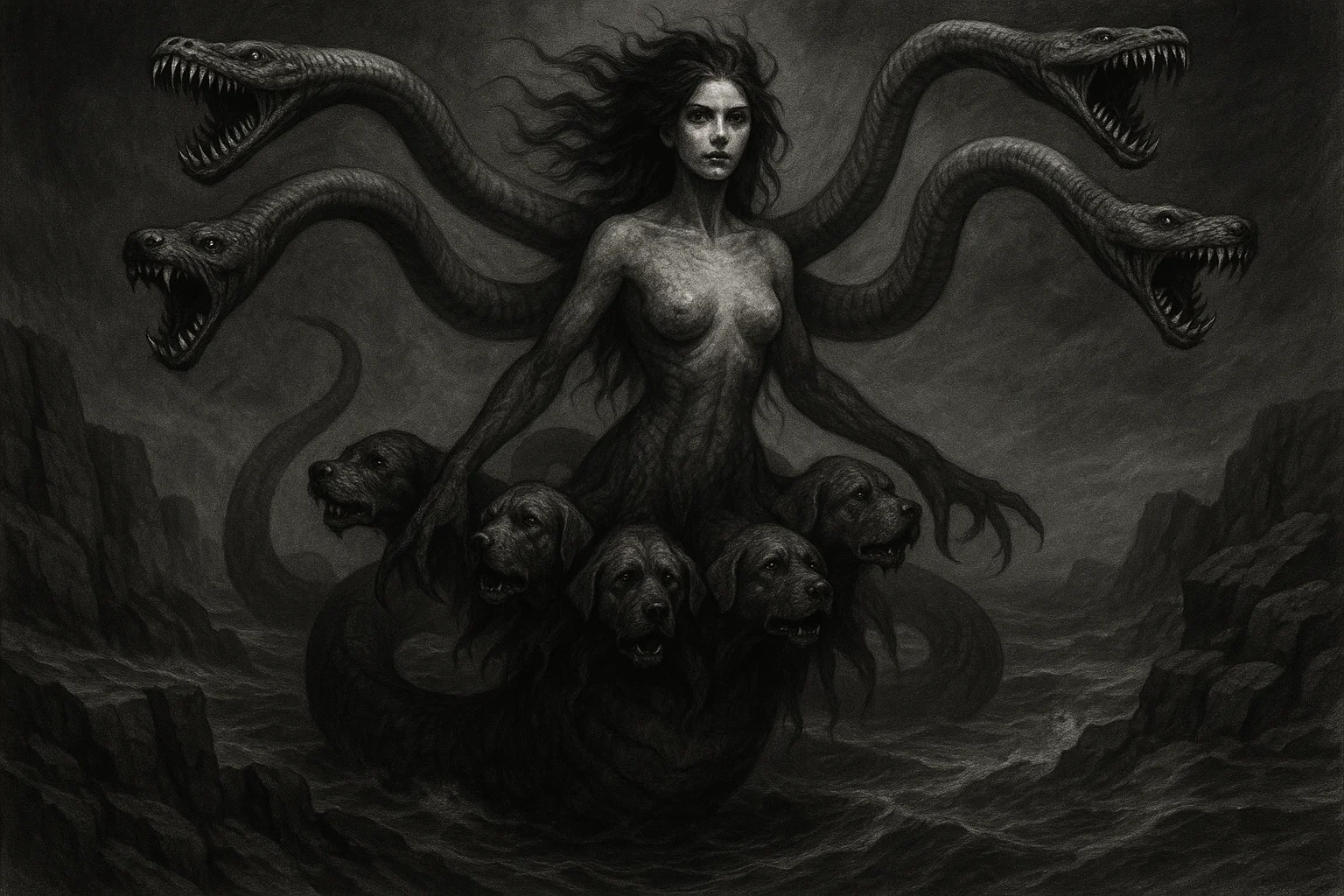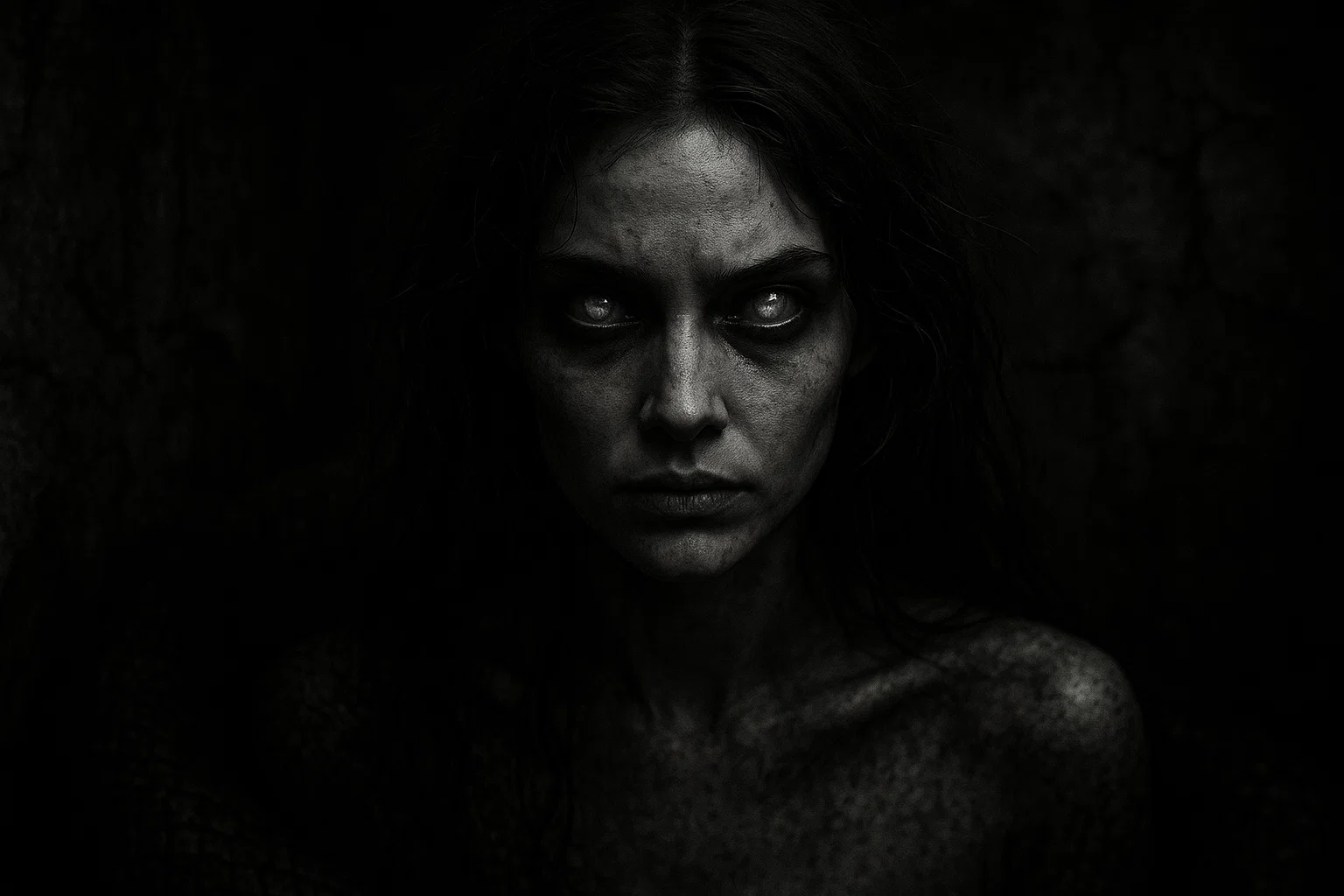Arizona’s mining towns and historic frontiers have left behind a legacy of tragedy, making the 11 haunted hotels in Arizona a magnet for those seeking eerie encounters.
Places like the Jerome Grand Hotel, once a hospital filled with mining deaths, now echo with apparitions and cold spots that hint at unrest from the past. Similarly, the Copper Queen Hotel in Bisbee is said to harbor spirits tied to lost loves and untimely ends, drawing visitors who report hearing sighs and seeing shadowy figures in the night.
Each haunted hotel in Arizona tells a story of violence, illness, or heartbreak, from suicides in honeymoon suites to Prohibition-era secrets in hidden speakeasies.
Let’s explore together the dark stories behind Arizona’s most haunted hotels.
Summary
Jerome Grand Hotel, Jerome
The Jerome Grand Hotel was built in 1926 as the United Verde Hospital to serve the mining community of Jerome, Arizona. In 1935, a bizarre incident saw a maintenance engineer fatally crushed in the Otis elevator, while a caretaker’s suicide in the 1980s added to the site’s tragic layers.
The hospital was operational until 1950 and is estimated to have been the site of approximately 9,000 deaths due to mining accidents, respiratory illnesses like tuberculosis and silicosis, and other industrial ailments.
As one of the most notorious haunted hotels in Arizona, alleged paranormal phenomena include apparitions of nurses and patients in vintage clothing traversing hallways, disembodied moans and cries in former surgical areas, and objects relocating inexplicably, especially in Room 32, with guests reporting cold spots and sensations of being observed in spaces once used for end-of-life care.
Amateur ghost hunters frequently report sightings of lights flickering without apparent cause, tools flying through workshops, elevators stopping on unrequested floors, and the sound of gurneys rolling through empty corridors at night.
Copper Queen Hotel, Bisbee
Constructed in 1902 by the Phelps Dodge Corporation to host investors in Bisbee’s thriving copper mining scene, the Copper Queen Hotel reflects the dangers of early 20th-century mining, with surrounding fatalities from accidents and strikes contributing to its somber aura. Key tragedies include the suicide of Julia Lowell, a sex worker rejected romantically, in Room 315, and the drowning of a boy named Billy in the nearby San Pedro River around 1910.
Why Do So Many Successful People Secretly Wear a Little Blue Eye?
Limited time offer: 28% OFF. For thousands of years, the Turkish Evil Eye has quietly guarded wearers from the unseen effects of jealousy and malice. This authentic blue glass amulet on a soft leather cord is the real thing – beautiful, powerful, and ready for you.
This haunted hotel in Arizona is known for sightings of Julia’s apparition in a white gown manifesting in mirrors or beside beds, accompanied by sighs and cold touches, while Billy’s spirit causes laughter, toy movements, and disrupted bedding; an elderly man in a top hat, evoking Prohibition-era illicit dealings and deaths, appears with cigar scents in hallways.
Guests have documented these experiences in the hotel’s journals, which preserve decades of encounters. Additional reports mention a woman in Victorian dress gliding through the bar, leaving behind lingering perfume, footsteps from unoccupied rooms, and lights flickering in patterns reminiscent of Morse code. All likely tied to the hotel’s speakeasy past and the restless energies of Bisbee’s industrial hardships.
You May Also Like: Is the Beast of Busco Real? Inside America’s Forgotten Cryptid Case
Hotel Monte Vista, Flagstaff
Opened in 1927 through community funding along Route 66 in Flagstaff, the Hotel Monte Vista served many travelers and celebrities. However, it also harbored dark events like the 1940s murder of two prostitutes thrown from Room 306’s window in rage, a bellboy’s fatal elevator fall, and basement speakeasy activities involving abandonments during Prohibition. A butcher’s 1980s suicide in Room 305 adds to the toll.
Among the most haunted hotels in Arizona, reports from this place talk about the “Phantom Bellboy” knocking and speaking on the fourth floor, vengeful choking sensations in Room 306 targeting men, doors slamming forcefully, infant cries from the basement linked to social stigmas of the era, and a figure with hanging meat in Room 305.
Even celebrities such as John Wayne encountered the bellboy’s ghost during stays in the 1950s.
At the same time, apparitions in flapper attire have been seen dancing in the lobby after hours. Secret tunnels connecting to the downtown underworld are said to fuel additional shadows and whispers, blending the hotel’s glamorous history with its underlying tragedies.
Hotel San Carlos, Phoenix
Built in 1928 as Phoenix’s inaugural high-rise with air conditioning, the Hotel San Carlos sits atop the 1874 schoolhouse site where children drowned in a well during epidemics, setting a foundation of early tragedy.
Shortly after opening, 22-year-old Leone Jensen committed suicide by leaping from the roof on May 7, 1928, due to romance or illness, as noted in her farewell letter. This haunted hotel in Arizona is said to be tormented by Jensen’s white-clad spirit, which is reportedly seen on the third floor and stairs, accompanied by cries and icy touches.
Additionally, there are reports of giggling child apparitions leaving handprints on mirrors, as well as a janitor ghost mopping in the basement, accompanied by the sounds of slamming doors and erratic elevators. Staff have observed figures in overalls performing invisible tasks, while guests often capture orbs in photographs.
Haunted Hotels in Arizona – Hassayampa Inn, Prescott
Hassayampa Inn was built in 1927 as a luxury retreat in Prescott. However, like all the places on this list, Hassayampa Inn’s history is also marked by tragedy. One of the most notable tragedies that happened here is the alleged suicide of newlywed Faith Summers in Room 426, who hanged herself after her husband abandoned her during their honeymoon, an event rooted in the era’s social and economic instabilities.
The inn’s Prohibition-era basement speakeasy also hosted illicit gatherings that occasionally ended in violence, including brawls and overdoses amid the town’s Whiskey Row excesses. Recognized among haunted hotels in Arizona, the activity centers on Faith’s apparition in a bridal gown, wandering the lobby and upper halls, leaving scents of wilted roses and causing beds to depress under unseen weight.
Other sightings include a boy in the laundry area and a “Night Watchman” figure, with guests noting flickering lights and doors locking inexplicably, phenomena linked to the inn’s 26 reported murders and its role in Prescott’s turbulent frontier past.
Visitors sometimes feel a sense of harassment when discussing Faith, hearing her weep, or experiencing cold drafts, which has attracted ghost hunters who document whispers and sudden temperature drops.
You May Also Like: Werewolf of Châlons: France’s Most Horrifying Monster?
Connor Hotel, Jerome
The Connor Hotel was built by David Connor in 1898. It served as a lodging establishment in Jerome’s mining heyday. However, the hotel endured multiple devastating fires, including blazes in 1898 and 1899 that razed much of the town and claimed lives amid the chaotic copper boom.
The hotel’s revival and eventual role in the community’s history reflect the perilous nature of frontier life, with mining accidents and economic downturns contributing to its somber legacy.
Ever Walk Into a Room and Instantly Feel Something Watching You?
Millions have used burning sage to force out unwanted energies and ghosts. This concentrated White Sage & Palo Santo spray does the same job in seconds – just a few spritzes instantly lifts stagnation, breaks attachments, and restores peace most people feel immediately.
As one of the most haunted hotels in Arizona, it is reportedly home to at least two spirits, specifically a Lady in Red and a male entity, both of which are allegedly located on the second floor.
Guests have described apparitions materializing in rooms, unexplained laughter echoing through corridors, sudden cold spots, and doors opening or closing without assistance. These phenomena are often attributed to the building’s fiery destruction and the unrest from mining hardships, including fatalities in the surrounding operations.
Additional accounts include sensations of being watched during quiet hours, nocturnal noises resembling footsteps or whispers, and a general atmosphere of unease that ties back to Jerome’s reputation as a once-wicked mining town that became a ghost town after the mines closed.
Gadsden Hotel, Douglas
Intended to be a luxurious accommodation for mining executives and travelers in the border town of Douglas, the Gadsden Hotel was rebuilt after a devastating 1928 fire that destroyed much of the structure, leaving only the marble staircase, pillars, and elevator intact. The fire was officially attributed to the era’s electrical hazards.
The hotel’s dark history is marked by its ties to the Mexican Revolution and the subsequent border conflicts. Most notable is the legend of Pancho Villa riding his horse up the marble staircase during a 1913 raid, leaving a chip in the seventh step that remains visible today. Other stories speak of mysterious deaths from falls (such as a young boy plummeting from a third-floor window in the 1920s) and violence associated with Prohibition-era bootlegging and overdoses in its speakeasy.
This haunted hotel in Arizona features well-documented paranormal encounters, including a headless apparition that wanders the basement—possibly linked to tales of a bandit’s severed head containing a treasure map—and the spirit of the fallen boy, who pinches or giggles at visitors in Room 333.
Additional sightings include a cowboy figure slumping on lobby couches, cigar smoke without a source, and guttural Spanish curses echoing in hallways, with staff and guests recording scores of supernatural incidents that blend the hotel’s opulent past with its tumultuous borderland tragedies.
You May Also Like: The Complete List of All Haunted Places in Alabama
Hotel Congress, Tucson
Built in 1919 as an upscale lodging for railroad passengers in Tucson, the Hotel Congress endured a catastrophic 1934 fire sparked by faulty wiring in stored linens. The fire exposed the hiding of the infamous John Dillinger gang—leading to their arrest—but also trapped and injured guests, with smoke inhalation and panic.
Room 242, known as the “Suicide Room,” was the site of a 1993 incident where an emotionally unstable woman died by suicide following a high-stress police standoff involving a SWAT team.
Known as one of the most haunted hotels in Arizona, alleged apparitions here include the woman in Room 242 (who is said to create a tangible heaviness and to sit on beds to watch or attempt to contact sleepers).
Other hauntings feature the spirit of a long-term World War II veteran resident named Vince, whose meticulous footsteps and clinking porcelain echo in Room 220, childlike giggles from Depression-era orphans housed post-fire, and residual coughs or cries mimicking the 1934 blaze’s victims, with activity reportedly increasing during quiet periods and documented by professional ghost hunters.
Additional reports describe ghosts appearing as normal people performing routine actions, a murdered man manifesting briefly, a woman walking hallways, and even a glass eyeball moving in the kitchen, all underscoring the hotel’s layered history of infamy and intimate despair.
Weatherford Hotel, Flagstaff
Established in 1897 in Flagstaff, the Weatherford Hotel suffered fires in 1898 and 1902 that damaged structures and claimed lives, while Room 54 is infamous for a 1930s incident involving a honeymooning couple who met a tragic end through either murder-suicide or external violence amid the economic despair of the Great Depression.
Originally opened as a mercantile by John Weatherford, the property later evolved into a hotel, its history reflecting the challenges of frontier development in northern Arizona.
This haunted hotel in Arizona has sealed Room 54—now converted into a storage closet—due to overwhelming paranormal activity, including the couple’s argumentative voices replaying their final moments and apparitions straying into the adjacent Zane Grey Ballroom.
Other reported spirits include a murdered bootlegger from Prohibition days, a ghost girl named Matilda, and a boy named Alginon. Witnesses describe lights swaying unbidden in the ballroom, whispers carrying through empty halls, footsteps echoing on wooden floors, and an overall eerie energy that permeates the building.
Guides on spooky tours often highlight these encounters, noting how the hotel’s ghostly residents seem to straddle the ballroom and former guest areas, drawing from its past as a social hub turned site of sorrow.
You May Also Like: The 15 Most Haunted Places in Arizona
Bisbee Grand Hotel, Bisbee
Founded in 1906 to house mining executives in Bisbee, the Bisbee Grand Hotel is deeply connected to the town’s copper industry, which brought prosperity but also perils like accidents, labor disputes, and fatalities in the early 1900s, during a time when the area was a booming mining camp filled with restless workers and transient fortunes.
The hotel served as a luxurious respite amid the harsh realities of underground labor and frontier life.
As one of the most haunted hotels in Arizona, it is said to harbor a silent male spirit on the lower floors and a female entity on the upper floors. Guests report that the beds shake vigorously at night, shadowy figures run through the hallways, apparitions roam the premises, and appear and vanish abruptly, while eerie laughter whispers close to their ears during quiet hours.
These phenomena are often linked to the spirits of miners who never left the area after meeting untimely ends in the surrounding operations. Visitor reviews frequently mention sudden chills and a sense of being followed, adding to Bisbee’s broader reputation as a town where the ghosts of its mining past—consumed by the allure of copper—continue to linger in historic structures like this one.
Hotel Vendome, Prescott
Constructed in 1917 in Prescott, the Hotel Vendome’s history is closely tied to Abby Byr, who, along with her husband, relocated to Arizona for treatment of her tuberculosis in the 1920s.
After purchasing the hotel but facing unpaid bills, her husband reportedly left to fetch medicine. He never returned, leading to Abby and her cat Noble’s death in Room 16, possibly from starvation, illness, or heartbreak, with variations in accounts suggesting they locked themselves away in despair.
The property, located in the heart of Prescott’s historic district, embodies the era’s health-seeking migrations to the dry climate. This haunted hotel in Arizona features Abby’s apparition, often accompanied by her cat, with reports of meowing sounds emanating from the closet, beds moving as if occupied, and friendly interactions such as televisions turning on or off, as well as voices murmuring in the room, tied to her tragic end.
Local museums and the hotel’s owners preserve the story, noting how guests sometimes feel a comforting presence rather than fear. However, sudden appearances and pet-related disturbances highlights the enduring legend of Abby and Noble’s unrest.

